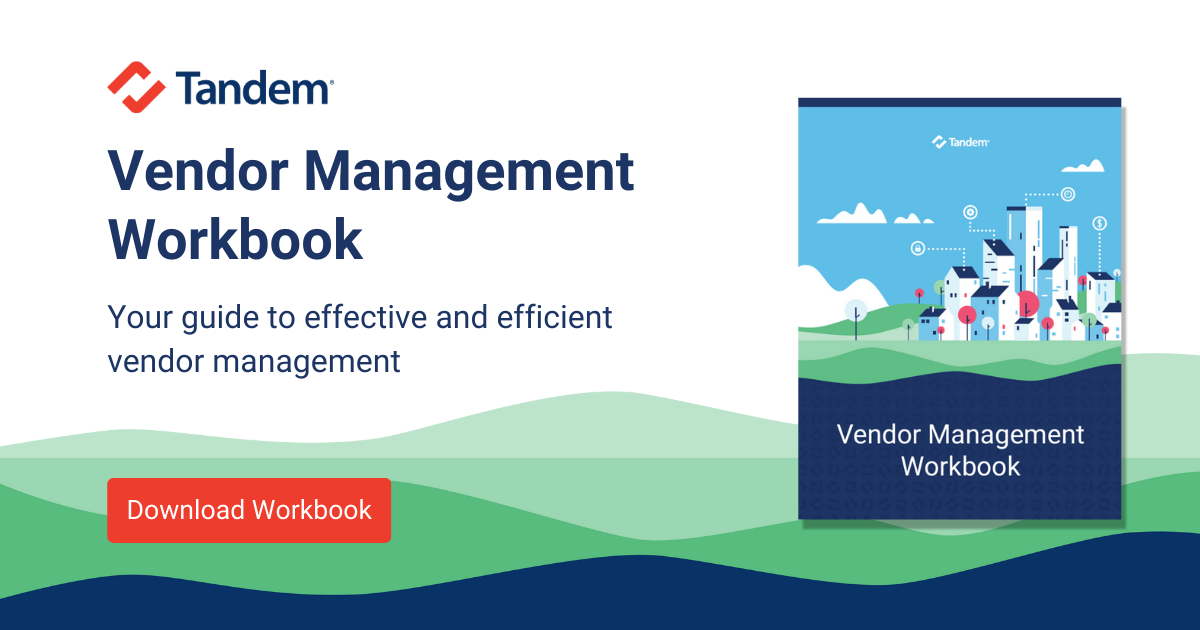On August 27, 2021, the Federal Deposit Insurance Corporation (FDIC), the Board of Governors of the Federal Reserve System (FRB), and the Office of the Comptroller of the Currency (OCC) published a new guide over Conducting Due Diligence on Financial Technology Companies. On September 9, 2021, the Federal Reserve published a supplemental paper titled Community Bank Access to Innovation through Partnerships.
These two documents make their entrance as the industry continues to respond to the effects of COVID-19, the introduction of cryptocurrencies and decentralized finance, and a rapidly evolving technology landscape. As banks build relationships with financial technology ("fintech") companies, the question needs to be asked: Are we managing fintech relationships effectively? To answer this question, we need to start from the beginning.
What is a "Fintech" Company?
The definition of a fintech company may seem straightforward at first. It's literally in the name "fintech" (i.e., financial technology).
Since most third-party relationships involve some element of technology, doesn't it seem most of our vendor relationships would be classified as a "fintech" relationship? Well, not exactly. There is one key element of a third-party relationship which makes it worthy of the "fintech" label: innovation.
According to the Federal Reserve's paper:
"Partnerships with fintechs can provide community banks with [access to new technologies], enabling them to better serve their customers and deploy innovations that may be too costly to develop independently."
In simpler terms, there must be something novel about the relationship which solves a specific problem for the bank. The relationship between bank and fintech exists to support what the paper goes on to describe as "responsible innovation."
Responsible Innovation: A Mutually Beneficial Partnership
We live in a world where technology is expensive, expertise is limited, and innovation can seem out of reach for a community bank. At least, when you do it on your own.
By partnering with fintech companies, banks can do the things which had previously only existed as a dream. As opposed to hiring developers to work for the bank, a bank can now outsource innovation to a company whose strategic vision aligns with their own. The result can be improved product or service offerings, which can lead to a more satisfied customer base, which can lead to a climbing bottom line.
Lest you think banks are the only beneficiaries, think again. Fintech companies cannot innovate without investors. Through a strategic partnership, fintechs help banks innovate, while also growing their own business, developing products or services for a large vertical, and building equity in their business, which could be valuable, if they decide to sell or go public in the future.
What Could Go Wrong?
Well, a lot of things, actually. For as many benefits as a fintech partnership offers, there are a number of risks which need to be recognized, as well. For example:
- Strategic Risks: Many times, the companies who are willing to take the risks to try something new are companies who have nothing to lose or who can afford to take the chance. Embarking on this kind of partnership would require a high strategic risk tolerance from the bank.
- Operational Risks: Innovative technology is untested and unpredictable. Additionally, staffing may change quickly due to a lack of funding or changes in priority. Even with careful planning, some innovations can fall flat and cause operational disruptions or security incidents.
- Reputation Risks: In the event a newly created product or service fails to meet customer expectations, negative reputation consequences may need to be navigated. Conversely, if the initiative is a major success, plans must likewise be in place to navigate the positive reputation consequences (e.g., press coverage, customer influx, heightened scrutiny, etc.).
- Compliance Risks: Fintech companies may not have the level of compliance expertise financial institutions typically expect from their third-party relationships, especially for fintechs who interface directly with customers.
- Financial Risks: If plans are not clearly (and contractually) defined prior to the relationship, banks who engage in fintech partnerships may face significant financial risk either due to the cost of innovation or recovery costs, in the event something goes wrong.
There are risks associated with any third-party relationship. What makes a fintech relationship special is the added considerations related to what the partnership intends to accomplish. The trick is being able to identify and manage the risks despite the novelty.
How Can You Manage the Risks?
Just like with any vendor relationship, the short answer is through effective due diligence. When it comes to fintechs, this might be easier said than done.
A fintech company may not have the same level of documentation one would expect from a more seasoned third party. However, the bank is still responsible for ensuring the relationship would support the bank's goals in a secure manner.
To help banks do this, the interagency fintech due diligence guide encourages vendor managers to get creative. The guidance offers some recommendations to help you get started, breaking it down into two categories:
- Relevant Considerations: What do you need to know?
- Potential Sources of Information: Where could you find these answers?
For example, some of the relevant considerations are related to the fintech company's "Business Experience and Qualifications." To help you determine if the fintech is satisfactory in this area, you might want to request and review things like company overviews, mission statements, ownership information, succession plans, and/or media reports.
One important note: You do not necessarily need to request and review every one of these documents for every fintech. As with normal vendor management, you need the right amount of information to verify the relationship is a good choice based on the services provided. If you can justify your reasoning, you're on the right track.
What Does This Mean for You?
When it comes to managing fintech relationships, we recommend following a three-step approach.
Step 1: Determine if a fintech is necessary.
As part of your regular vendor management processes, you should begin with answering the question, "What do we need?" If responsible innovation is a strategic direction your bank's senior leadership has decided to pursue, this would be the time to begin selection of the right fintech for the job.
Step 2: Treat fintechs like your normal vendors.
Just because they are fintechs doesn't mean they are special or exempt from your vendor management requirements. In fact, they are likely subject to more requirements than a typical vendor because they have more to prove. Add the prospective fintech to your Vendor Management program and follow your regular due diligence process. Be practical though, recognizing new fintechs may not know what a SOC report or BCP is, much less how to get or create one.
Step 3: Perform creative due diligence to fill in the gaps.
If you are not certain the fintech is going to be a good choice by the end of your regular due diligence process, get creative. Collect and review additional documentation to help you determine if the relationship will benefit the bank, keeping in mind the fintech is looking for a strategic partnership, as well. Don't be afraid to leverage your prospective business with the fintech, as you perform the risk assessment, negotiate contracts, and continue to perform excellent vendor management.
For additional considerations regarding the types of due diligence you should be performing, download our FinTech Due Diligence Checklist.
In Conclusion…
Innovation should be treated with care and be pursued only when it can further the bank's goals. Fintech partnerships are key to affordable and efficient innovation. Engaging in a fintech partnership is a big decision which can have lasting implications for the bank and the greater financial industry. Oversight of fintech relationships should follow existing vendor management practices, leveraging creativity, as needed, to ensure the partnership is a good strategic decision for both the bank and the fintech.
To learn more about managing third-party relationships, check out Tandem Vendor Management. Tandem offers a simplified and streamlined interface, designed to organize your vendor management program. Learn more at Tandem.App/Vendor-Management-Software.



